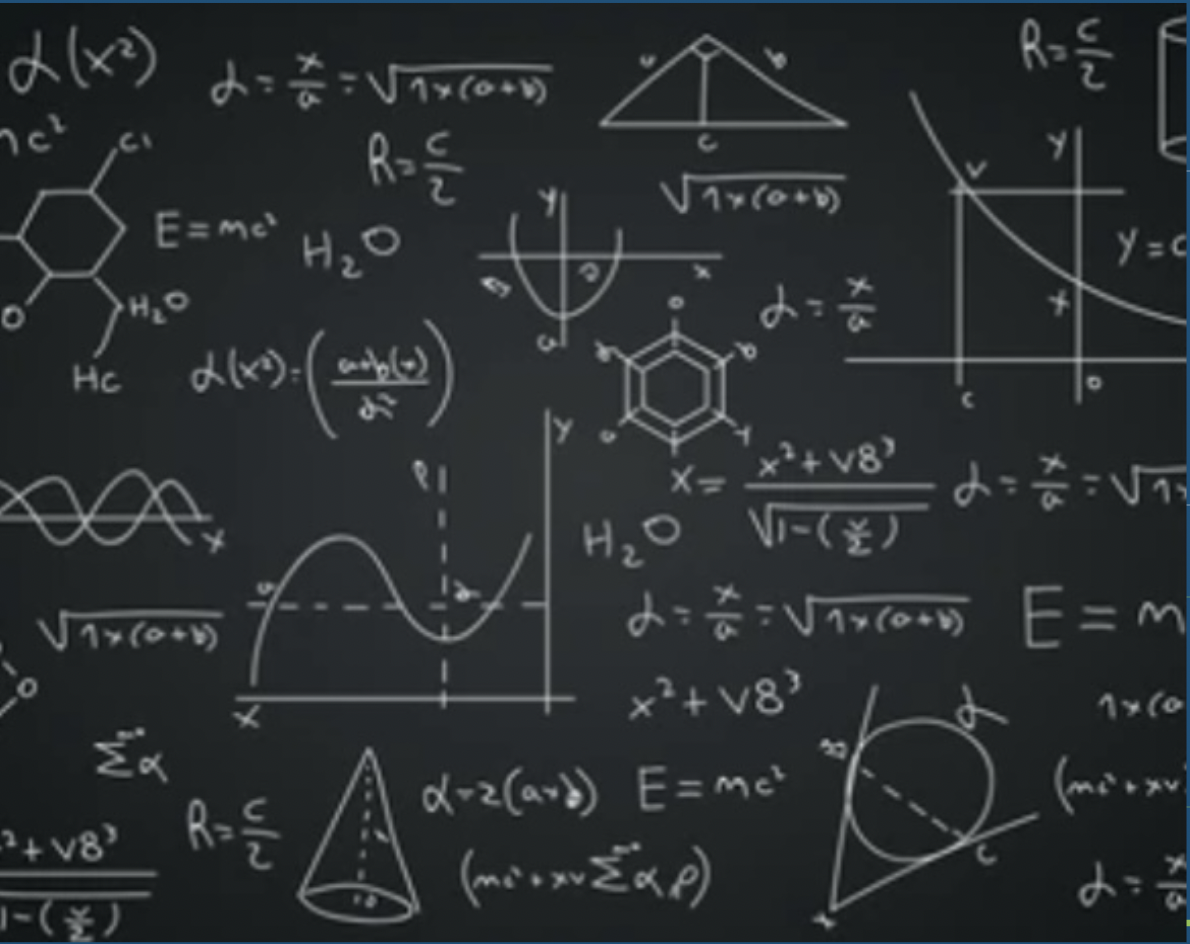According to a systematic investigation of conceptual color associations from the Journal of Experimental Psychology, it is important for people to relate their surroundings with different colors to understand the world they live in.
People associate specific objects and concepts with certain colors based on their own personal experiences. For example, many tend to connect vegetation with the color green as this pigment is seen practically everywhere in nature. In addition, some see anger as being red since this emotion can cause blood flow to increase and one’s skin tone to turn this shade. Also, yellow is often correlated with brightness due to its capability of producing positive feelings.
The Carroll News recently spoke with several JCU professors from the departments of Mathematics, Computer Science and Data Science. They were all asked the same question: “What color do you think of when you hear the word ‘math’ and why?” Answers range all over the color spectrum, which shows that each person perceives their world differently.
Dr. Almabrok Essa thinks math is “red since it is associated with the energy, passion and excitement which is exactly as what math does when it comes to [his] research work. I’m from the [computer science] side but I need math a lot to empower my work.”
Professor Jerry Moreno also associates math with red since it “signifies energy, creativity, excitement, love and passion all of which characterize the teaching of, the research in and the talking about math and stats in the real world.”
An article from the National Library of medicine states that all shades of red are capable of grabbing people’s attention, as seeing them generates the urge to respond quickly. For instance, red is associated with blood, fire, fear and anxiety, which are all related to danger and acted upon very quickly. The color red is normally seen on anything that is very important and meant to be super engaging. Road signs are a primary example, as they are crucial to follow, just like the steps of a math equation.
Professor Caroline Borrow believes math is the color green since it is “full of life, vitality, growth, full of interrelationships and connections to everything in the world.”
In an article by Sensational Color, green “is a color pervasive in the natural environment that says renewing, refreshing and regenerating. It represents balance, growth, learning and harmony.” In a positive manner, green is associated with being healthy, productive and making progress. However, it can also mean envy, greed and even feeling sick, all of which many don’t enjoy thinking about.
Professor Nicholas Molley told The Carroll News “I think of the color ‘black’ when I think of math. The rationale is that I see math as ‘black and white.’ No gray areas, no ambiguity.”
Likewise, Dr. Douglas Norris thought of black of white. “When a new mathematical result is discovered and then proved, whatever color it is, it must be brilliant in its intensity. There is a very famous mathematical theorem called ‘The Four Color Theorem.’ It states that one needs no more than four colors to color the regions in a map so that each region is distinguished from other regions that border that region.”
Even though black and white technically aren’t on the spectrum, many people still believe they are colors. The article Understanding black and white as colors by Adobe points out that black and white “are just as effective in conveying a mood or tone as other colors that people think of as bright and colorful.” That shows in the following perspectives from two JCU professors.
Some professors related math with the rainbow since there are many components to it, similar to the rainbow consisting of several different colors.
Dr. Jillian Stupiansky is the head of the departments of Mathematics, Computer Science and Data Science. Her response to this question was “I think I actually associate colors more to specific topics within math. [Aqua] matches applied topics, like differential equations; green is real analysis; orange or yellow is calculus; red is proof-writing; purple is finite math; blue is statistics.”
Axel Brandt had a slightly different perspective. “I think of the full color spectrum next to a grayscale gradient from black to white. The rainbow reflects both the diversity of mathematical subfields that often overlap and blend into each other and also the diversity of people around the world and across human history contributing to the field. The grayscale reflects how the black/white logic of mathematics provides structure that can help navigate the human experience in which most decisions fall in the gray areas between.”
Joshua Gerlick told The Carroll News that this is a unique question. “When I hear the word ‘math,’ I actually think of a rainbow comprising many colors. Math comprises many fields of study. We can think of each as providing a primary color with which we can mix to create new color variations that help us expand, describe and explore our world.”
The variety of answers given from these JCU professors show how unique the brain is since thinking styles vary for each person. The approach one takes to reasoning contributes to their self-identity and how others see them.



